10 B2B Email Marketing Best Practices
If you click to purchase a product or service based on our independent recommendations and impartial reviews, we may receive a commission. Learn more
When it comes to running a business, there’s a lot of focus on attracting new customers, but what about attracting other businesses? While there are some similarities in how you can get people to engage with your email marketing campaigns, there are also key differences to be aware of too.
We’re going to examine some of the most important B2B email marketing best practices and share how you can use them to attract, engage, and retain businesses through your email campaigns.
B2B Emails vs B2C Emails
B2B stands for business to business, while B2C stands for business to consumer. So, when you write a B2B email, you’ll be aiming to convert that business by displaying valuable content in a professional tone, rather than trying to get potential customers to make a purchase.
Creating an email strategy specific to B2B email marketing can help you target key decision-makers (also called Decision Making Units, or DMUs) at companies, while also extending your reach and increasing the profitability of your business.
Find Out More
Looking for B2B inspiration? We compiled a list of the Best B2B Websites Examples – so once you’re confident with B2B email best practices, you can easily find B2B website best practices in action too.
10 B2B Email Marketing Best Practices
So, how do you get on top of your B2B email marketing game and craft compelling email content that gets other business intrigued in what you have to offer? Here are 10 ways make people want to open and read your emails.
1. Write a Snappy Subject Line
It seems like an obvious way to kick off our top B2B email campaign best practices, but it’s essential. A subject line is the title of an email and it’s the first thing people will see in their inbox.
A good subject line is the difference between someone opening the email and not – if the subject line isn’t snappy enough or doesn’t trigger an interest, your B2B emails will likely go unopened.
Generally speaking, the ideal subject line should be between 28 and 50 characters. This tends to work well on mobile devices especially, which is where many professionals check their emails. Additionally, think about how you can make it relevant for your target audience, using active verbs or “power words”, such as “results”, “secure”, and “ultimate”.
2. Establish Your Tone
Your tone is how you write your emails. What kind of words will resonate with your audience to increase conversions? What kind of language will make sure your B2B emails stand out from the rest?
This could be a professional tone that looks to create a bond of trust with employees at businesses by being clear, upfront, and honest in what your business can offer them. The tone you choose will ultimately depend on your business – you may even want to use a slightly more informal tone, for example.
It’s worth drafting a few emails in different tones and testing them on users to get a clearer idea of what kind of tone you should go for. Once you’ve decided on a tone, make sure you keep it consistent across all of your email marketing campaigns.
3. Provide Real Value
Nobody’s going to click on your B2B email if they can’t see the value in doing so. This is super important, especially when sending emails to busy employees who often lack the time to respond to pressing emails, let alone open your B2B marketing emails.
Always consider what information is relevant to your audience. What are their needs? How can you meet them? Answer these questions and then address your audience’s pain points! Explain how your business could make their work life easier, save them time, or keep their money secure, all in an affordable way.
To deliver real value, make sure your B2B emails address the following questions:
- What are you offering?
- How will it help the reader?
- What should they do next?
4. Know Your Audience
Finding your target audience can help you uncover who’s most likely to engage with your B2B emails, meaning you can focus your efforts on personalizing the content of your emails for those who matter. You can use tools like Google Analytics, Facebook Insights, and automated email marketing services, such as Mailchimp, to monitor how customers engage with your website and campaigns.
Once you figure out your target audience, you can create buyer personas to understand how they make purchase decisions – a super important task because it will tell you who has the power to actually purchase your product!
You can create buyer personas based on the role they play in the buying center of the company you are targeting. For example, influencers can manipulate the buying decisions of others, whereas deciders have the final say.
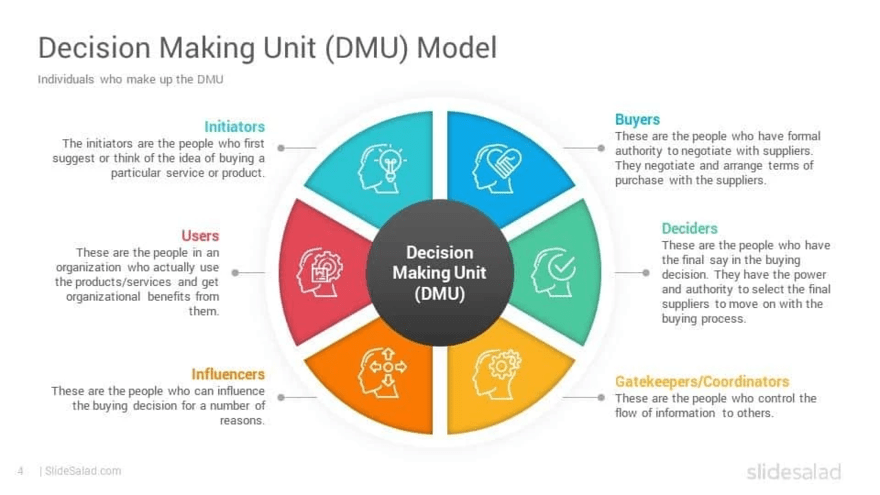
5. Use Segmentation
Segmenting your email list is a powerful and effective way of increasing the relevancy of your B2B emails and improving the potency of your email marketing campaign. Unlike B2C customer segmentation, where you would group your audience based on demographics, for example, B2B email marketing requires more of a business-oriented approach to segmentation.
You could use any of the following factors to segment your B2B audience:
- Firmographics: industry, company size, number of customers/subscribers
- Decision-makers: managers, executives, stakeholders
- Business needs: pain points, goals, revenue targets
- Potential: readiness to buy, profitability
Luckily, there are several useful tools at hand to help you with the segmentation of your B2B email mailing lists, such as Mailchimp or Omnisend. Unsure which tool to choose? Check out our review of Mailchimp to learn more.
6. Plan Your Campaigns
Having a detailed, coordinated plan for your email marketing campaigns can mean that your B2B emails are consistent, targeted and more likely to result in conversions. Take the time to create an email marketing strategy that works for your business.
Have a think about the B2B customer journey and see if you can create an email marketing cycle that more or less mirrors it. This will mean that not only are your B2B emails relevant to who your target is, but also where they are in the customer journey at a particular point in time.
For example, the first stage might be that the customer has an awareness of your brand or product and they’re giving a purchase consideration. This would be the time to give them as much information as you can about your business, such as how-to guides, thought leadership content, and customer testimonials.
As a customer becomes more familiar with your business, they’ll move into a decision-making phase – here you can ramp up your offering with discounts, free trials, and call-to-actions (CTAs) to entice the customer to make a purchase or simply interact with your brand.
Once you’ve converted a business, the focus should be on the retention of that relationship, and the advocacy of your brand.
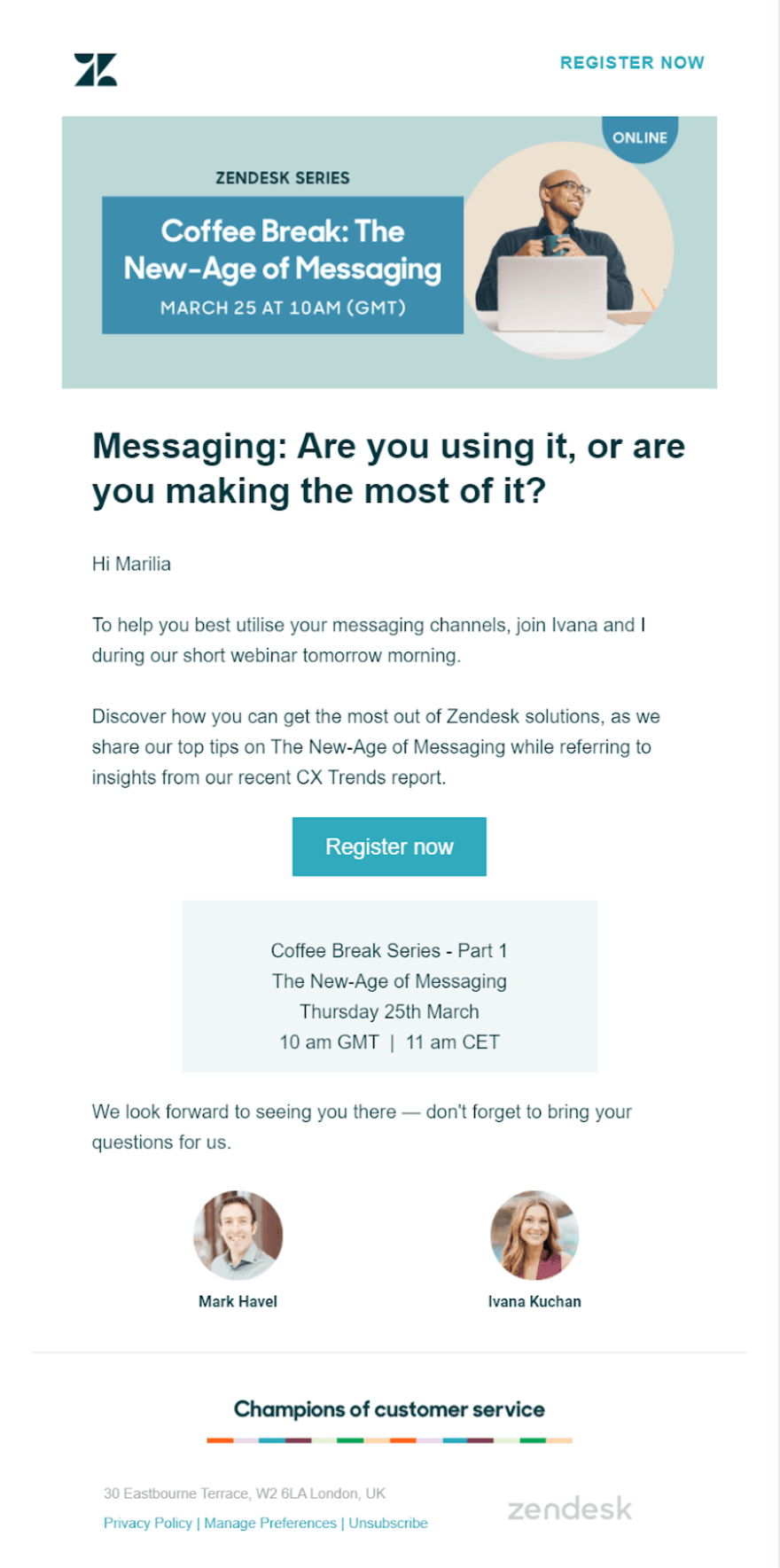
7. Use a Clear Call to Action
A call-to-action (CTA) is a phrase or word that’s designed to entice your audience into taking an action – that could mean clicking on a link, making a purchase, or simply opening the email in the first place.
An effective CTA has everything to do with context. For example, a CTA could be surrounded by content that captivates the reader and makes them want to respond, or help them naturally progress to the next step. The subtle use of CTAs can also encourage trust and increase the likelihood of a potential customer interacting with your brand.
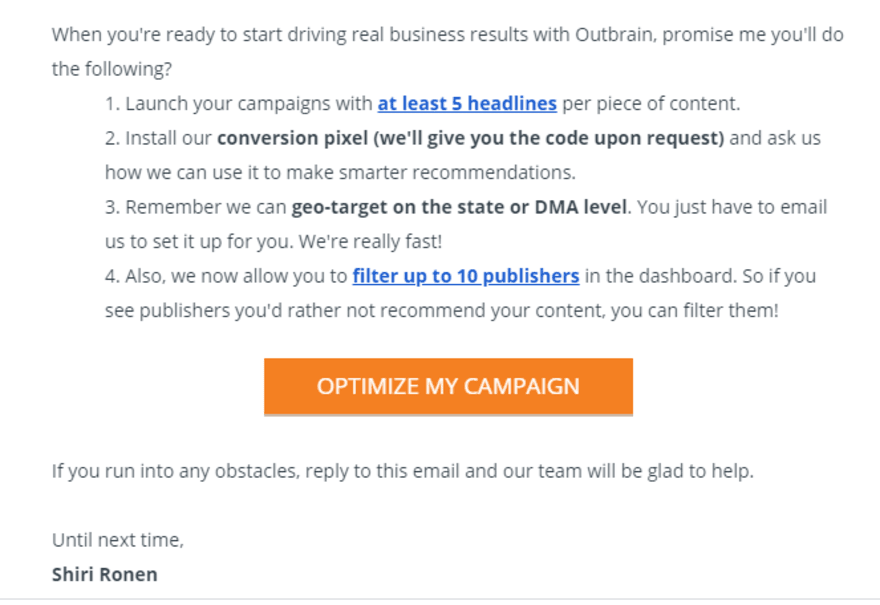
Find Out More
Writing clear calls to action is a great idea in emails and on your website. Our guide on Mailchimp or Omnisend, to help you segment your email lists, create templates, and schedule your emails to be sent at the optimum time. You can also use these tools to build your email marketing strategy, so that your B2B email marketing information all lives in a single automated home.
9. Harness AI for Personalization
AI has a role to play in creating more personalization across B2B email marketing. That might initially sound counteractive considering its automation, but improved AI tech can transform the way businesses connect with their audience.
Through AI-generated recommendations, you can analyze user behavior to provide tailored content that aligns with individual preferences and needs. This level of personalization helps build a deeper connection with the audience, making the content more relevant and engaging.
Whether that’s using AI voice generators to provide seamless translations to an overseas market or algorithms analyzing data to identify buying patterns, AI has plenty of scope to improve B2B email marketing.
Automated follow-up sequences are another powerful application of AI. By tracking user engagement, AI can determine the right moment to send follow-up emails and guarantee timely and relevant communication. Then there’s predictive analytics for optimal send times!
All of a sudden, you can analyze user behavior and historical data with speed and precision. It means AI can predict the best times to send emails and increase the likelihood of engagement.
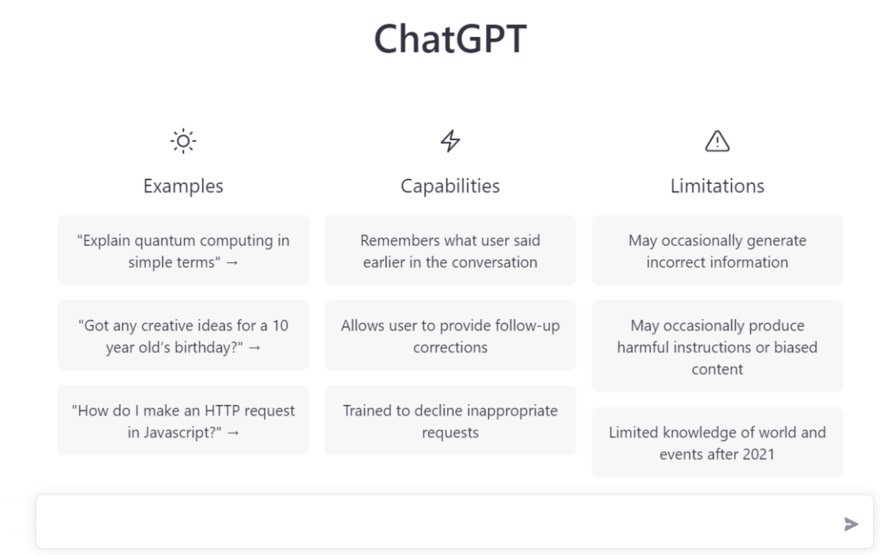
10. Engage with Interactive Content
Interactive content is becoming increasingly popular with customers, and you can implement it in your B2B email marketing for a more dynamic and engaging experience. Let’s take a look at how you can engage recipients with interactivity:
Quizzes To Assess User Needs
Businesses can get deeper insights into user needs and preferences in a fun and engaging way with quizzes. These insights allow for more targeted content with information provided in a relevant and valuable way to the individual reader.
Polls and Surveys To Gather Feedback
Polls and surveys offer an interactive way to gather feedback and gauge user satisfaction. They provide insights into what’s working and areas for improvement. As a result, your business can refine its strategies and enhance the overall user experience.
Interactive Infographics for Data Visualization
Traditional infographics present data in a static format, but interactive infographics take it a step further. With user interaction, complex data becomes more accessible and engaging. Readers can explore the information at their own pace, uncovering insights that are most relevant to them.
Incorporating interactive content into B2B email marketing goes beyond the aesthetics to create a two-way conversation with the audience. Whether through quizzes, polls, or interactive infographics, these strategies help carve out a deeper connection and make the content more memorable.
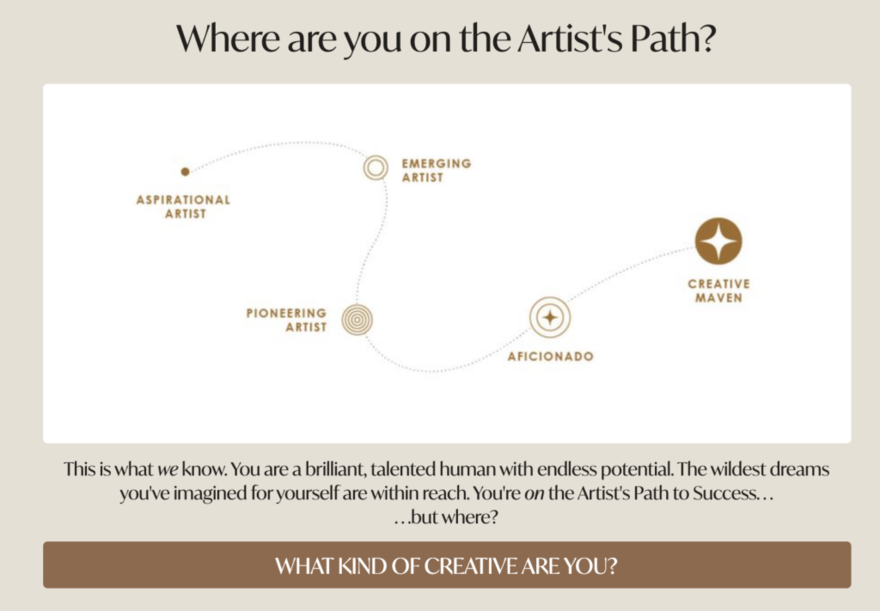
B2B Email Marketing Best Practices: Summary
So, you should now be an expert on B2B email marketing best practices. To recap, we’d recommend using all of the B2B email best practices listed above to really make sure your email marketing strategy pays off and brings more businesses in contact with your brand.
The big difference between B2B and B2C emails is segmentation – you’ll want to do your research and make sure you focus your efforts on the right people in the company. Target anyone that could be using or buying your product. Next, create a coordinated B2B email marketing strategy that mirrors the customer journey and seeks to address their pain points where possible, making sure they feel that you’re with them every step of the way with a reliable, consistent tone throughout. Let us know how you get on in the comments!
Leave a comment